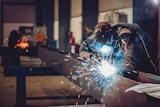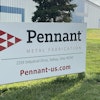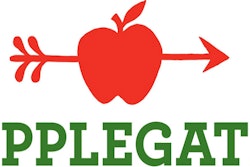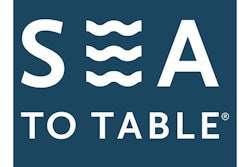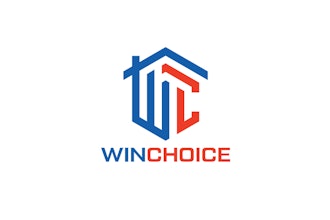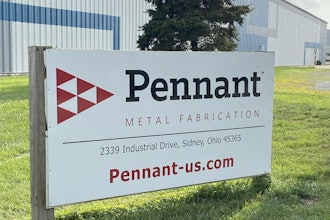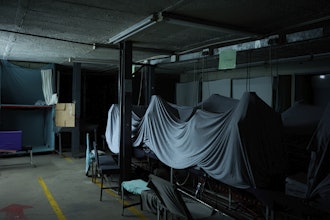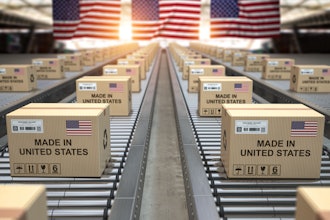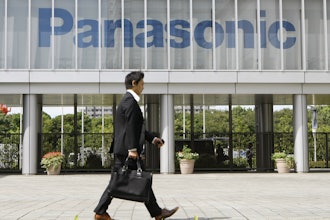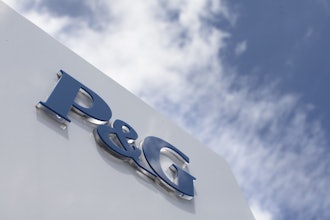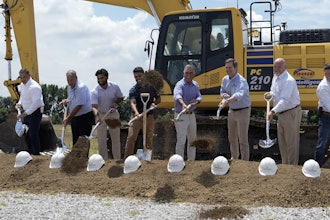The fifth anniversary of the Rana Plaza disaster shed light onto the continued discussion of factory safety around the efforts of the Bangladesh Accord for Fire Safety and the Alliance for Bangladesh Worker Safety. On one hand, the progress made by this high-profile safety duo is undeniable; and Bangladesh, being home of the deadliest industrial collapse in modern history, deserves the spotlight. But, on the other, the continuing attention on Bangladesh can make it appear uniquely flawed, a solitary hotbed of safety issues.
Sadly, the reality is that is every low-cost manufacturing destination is fraught with structural risks.
A cursory glance at the headlines mentioning factory fires and collapses in the last few years returns a litany of countries from Pakistan to Indonesia. The data from the ground corroborates the scale and gravity of the problem.
Our barometer report which provides a summary of findings from thousands of on-site structural audits shows consistently high percentages of factories in need of remediation in the short and medium term at the end of 2017, from 58 percent in Cambodia, to 71 percent in China and 82 percent in India.
Major Risk Factors for Structural Safety
Every factory has a unique host of safety challenges linked to its location, history, specialization, management practices, and countless other factors. Nevertheless, a large body of data provides the opportunity to identify the most powerful risk factors contributing to loss of life and property in industrial fires and collapses:
- Unauthorized structures and modifications
Makeshift structural additions can range from mezzanines and rooftop water tanks to entire extra floors, all constructed without proper design, safety assessment or permits, and severely compromising the load conditions of the building. Also included in this category is the unauthorized change of a building’s purpose. This was the main culprit behind the collapse of Rana Plaza: the structure, originally designed as a shopping and commercial space, was never intended to bear the weight of industrial machinery. - Factory size and age
Audit statistics show that smaller factories (under 20,000 m2) are 20 percent more likely to be at risk compared to larger facilities. The same is true for factories older than 15 years. In both cases, smaller and older facilities are usually owned by SMBs, which lack the funding necessary for retrofitting or, in many cases, even basic maintenance. - Violation of fire safety regulations
In 2013, the fire safety briefing by Sedex identified fire safety non-compliances as the most prevalent health and safety issue globally. Five years later, this trend is yet to be reversed: the majority of critical non-compliances observed in Q1 2018 were attributable to fire safety issues. These violations range from improper storage of flammable products, to outdated or insufficient firefighting equipment, to, in the most egregious cases, complete lack of fire exits and escape routes.
- Environmental factors
In areas affected by monsoons, high humidity, seasonal flooding, high groundwater levels, or seismic activity, the risk of collapse is greatly exacerbated – especially if buildings were not designed to account for these factors or are not properly maintained.
- Human factors
When it comes to factory safety, negligence and lack of awareness of safety issues take a toll in human lives. Once again, Rana Plaza comes up as a tragic example: prior to the collapse, the workers expressed concern about the visible cracks in the building’s foundation, only to have their concerns ignored. Meanwhile, it’s not uncommon for structural auditors to find safety violations in plain view, with the management and line staff largely unaware of the risk.
The Making of Safer Factories: Cooperation, Consistency, Corrective Action
Safety is everybody’s business, and the more parties on board with that, the more effective any improvement efforts will become. At the end of the day, the safety of any given factory is not up to a Western brand that sources from it, nor a 3rd party auditor – it’s in the hands of the factory’s owner and management. Without their commitment, even the best-designed safety program will fall flat.
The best thing a brand can do to get supplier buy-in is to forge lasting relationships, treating said supplier not as a disposable, easily replaceable manufacturer, but as a business partner whose contribution matters. With a supplier’s buy-in comes their cooperation, be it by taking part in buyer-initiated education initiatives, providing safety training for the staff, and even proactive reporting of safety issues between audits.
On that note, the plural – “audits” – is not a coincidence. While the initial structural and fire safety audit is instrumental in identifying any safety issues, it’s little but a fact-finding mission when done on its own.
Improvement starts with the implementation of a Corrective Action Plan (CAP) and continuous follow-up, including annual (or even more frequent) audits to monitor remediation efforts. Failure to follow up lead to situations like the 2015 fire at a sweater factory in Gazipur, Bangladesh that had already been inspected by Accord engineers, but had failed to implement its CAP in time.
Lastly, when designing a safety audit program, it’s important to distinguish between compliance-based and effective remediation approaches.
Compliance-based audits check the state of the factory against all applicable codes and regulations, with the aim of ensuring full compliance.
However, both auditing and remediation resources are limited in practice and this approach does not scale well when thousands of factories are involved.
By comparison, the effective remediation approach is risk-based: while all factories are still assessed for risk, in-depth remediation is prioritized based on risk severity and immediacy. This approach is more proactive, allows better scalability of audit programs, and can help ensure uniform safety conditions even in supply chains spanning multiple countries.
Sebastien Breteau is the founder and CEO of AsiaInspection.
